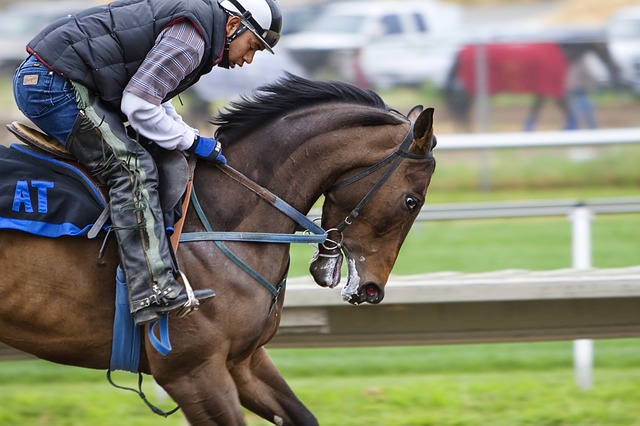
What do you do when you must make a multi-million dollar business decision based on conflicting information and competing interests that could affect thousands of people? In the case of Keeneland, a Thoroughbred racetrack in Lexington, Kentucky, management considered a range of stakeholders, stayed objective in the face of bias, and considered the long-range strategic plan of the business.
Notable racetracks such as Keeneland, Santa Anita, Del Mar and Arlington installed synthetic surfaces in the hopes of creating a safer racing experience. But several tracks have since removed the artificial substance and replaced it with dirt. If synthetic surfaces are safer, why go back?
To solve the issue, one must consider the stakeholders. At a racetrack, this includes not just track owners, management, and employees, it also includes the horses, their owners, jockeys, trainers and staff as well as customers and bettors.
Tracks replaced dirt with synthetic material to appeal to horsemen. But many trainers were reluctant to race on the new surface. Some customers simply prefer not to bet synthetic tracks. Furthermore, management at some tracks found it challenging to stay relevant. For example, Keeneland’s Grade 1 Blue Grass Stakes, a prep race for the Kentucky Derby, became overlooked as trainers sought out preps that, like the Kentucky Derby, were held on traditional dirt. Stakeholders were not as well served with synthetics as tracks hoped.
Several biases have been at play surround this issue. Artificial surfaces were thought to be safer, so tracks reported data that confirmed this claim. Studies report fewer breakdowns, but often compare different tracks, use small sample sizes, and ignore issues such as long-term effects. Tracks have been subject to wishful thinking and the illusion of control, when in reality, track surface is just one component of horse safety. Additionally, the sunk cost of the synthetic installation has dissuaded some tracks from reversing their decision.
Though the sunk cost is considerable, Keeneland, like Santa Anita and Del Mar, has decided that the cost of replacing synthetics with dirt is crucial for long term success. Keeneland has reinstalled its dirt track and Del Mar will do so this year. The tracks have been awarded the Breeders’ Cup in 2015 and 2017, respectively, for the first time.
The Breeders’ Cup is a desirable event for a racetrack. It creates prestige and visibility and the spikes in attendance and handle result in increased revenue. Support for a Breeders’ Cup on a synthetic surface, however, is limited.
“For Keeneland and Del Mar, committing to switch back to a dirt surface was a strategic business decision” says Jen Perkins, a horse racing insider at BetAmerica. “The cost-benefit analysis is simple: the potential revenue from hosting the Breeders’ Cup should outweigh the cost of replacing the synthetic track.”
In 2014, Breeders’ Cup handle at Santa Anita was $127.8 million. Though the track itself realizes only a fraction of that figure, it justifies the cost of the dirt track that was reinstalled in 2010. Santa Anita has hosted the Breeders’ Cup several times since then, and will host again in 2016.
Other Sources Cited:



